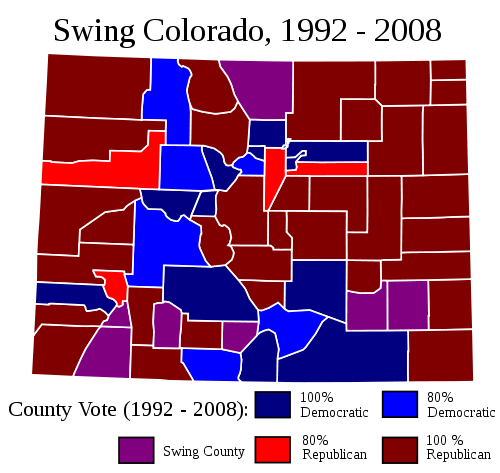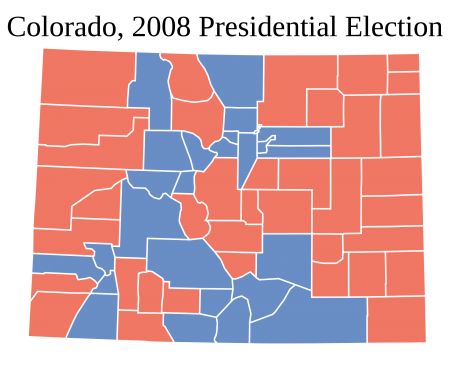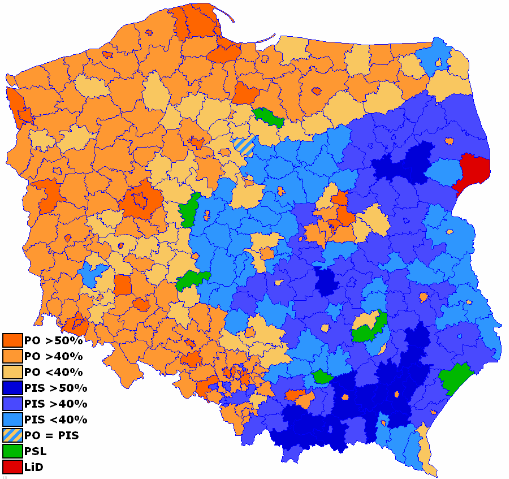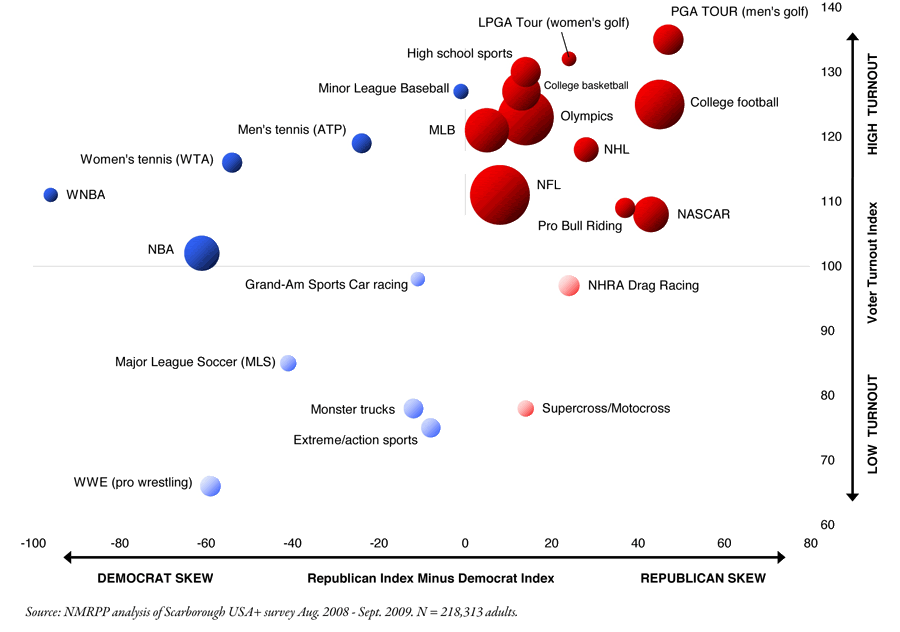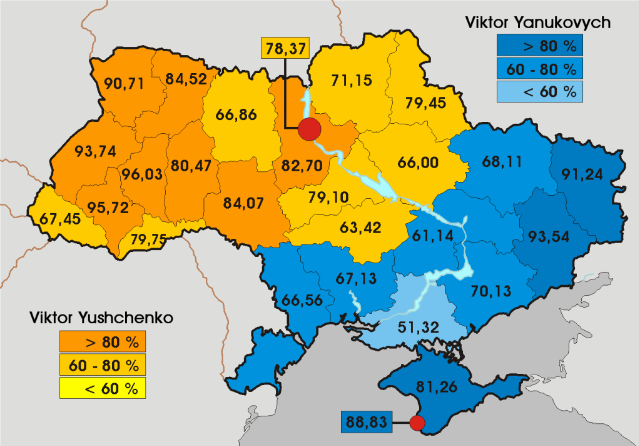By: Inoljt, http://mypolitikal.com/
When Senator Barack Obama was elected president, his victory was widely taken as a momentous event. In racial terms, Mr. Obama constitutes the first minority president of the United States. This is quite an impressive feat – something that many Americans did not think could be done as late as 2007.
From another perspective, however, Mr. Obama’s election looks less impressive. This perspective is that of class. Mr. Obama was raised by an upper-middle class family: his mother was an anthropologist who had a PhD degree, and Mr. Obama went to a fairly prestigious private school in Hawaii during his early years.
The last president, Mr. George W. Bush, was also born to a wealthy family – in this case far higher up the social ladder than Mr. Obama’s family.
All this raises the question of whether one must be born with parents of a certain income to become president of the United States.
More below.
